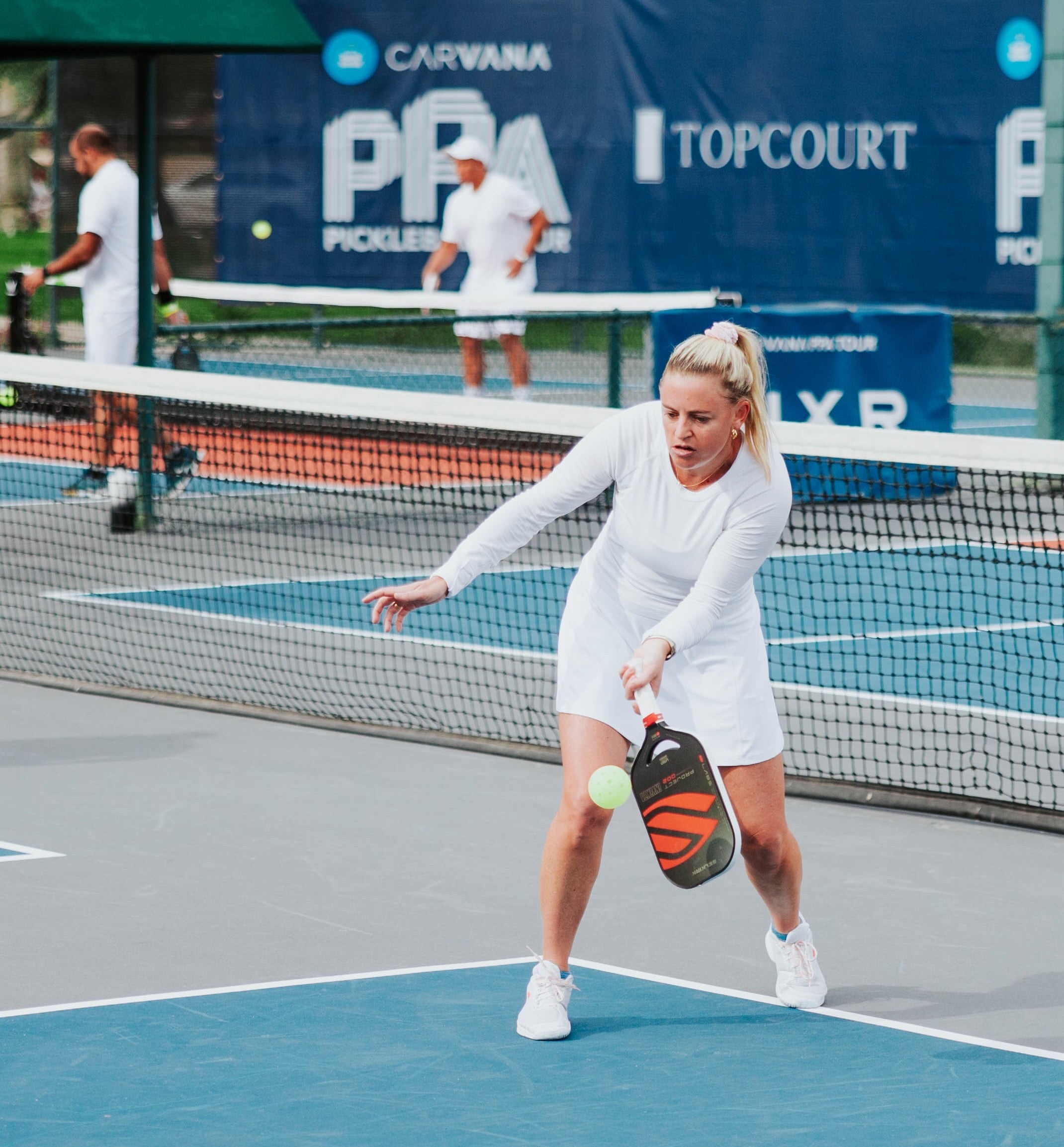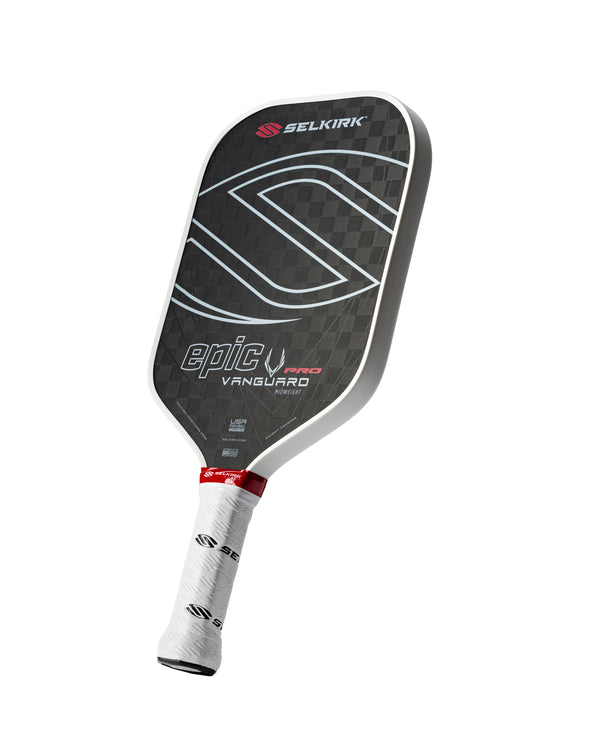By Christopher Amidzich
When people are just beginning to play pickleball, they often don’t realize the difference between offense and defense. Typically, players feel like they are on offense when they’re serving, as you can only score a point when serving. However, the opposite is true.
When serving, you start the point on the defensive because as the serving team, you must follow the two-bounce real. The pickleball two-bounce rule states that the ball must bounce twice before players can volley. This means the serving team must let the receiving team’s return bounce, thus giving the receiving team “control” of the net and an advantage to start the point.
To see the two-bounce rule in action, watch pickleball official Maddie Toren’s brief tutorial.
What is a third shot drop?
One of the most important tools to regain control of the point as a server is the third shot drop. As the name suggests, the third shot drop is a shot used in the third shot scenario.
A third shot drop is a soft, low shot that lands just over the net in the non-volley zone, or kitchen. Because the shot is low, it is difficult for the opponent to volley, allowing the serving team to move to a more offensive court position closer to the net.
Why is the third shot drop so important?
If you want to be competitive with your pickleball game, you must be able to consistently perform a third shot drop, or reset, to move from a defensive court position to an offensive court position.
Here are three keys to mastering the third shot drop, which will help you successfully move from defensive to offense.
How to execute the pickleball third shot drop
1. Move from your shoulder — not your wrists — when executing a third shot drop
A successful dink in pickleball uses the shoulder as the guiding point when striking the ball, not the wrists. Dinking errors are commonly made when players attempt to finesse a shot with their wrist instead of their shoulder. The same holds true with drop shots.
Just like with dinks, if you do not keep your wrist locked, you will be striking the ball with two hinge points — your wrist and your shoulder — which can lead to an error. A clue that you may be using your wrist rather than your should is if you find a lot of your drop shots land short or in the net.
To become a master at the third shot, ensure you hit the shot in front of your body, keeping your wrists tight and letting your shoulder be your guide.
2. Using follow-through extension in your third shot drop execution
The biggest difference between a dink and a drop is found in the follow-through extension. When executing a third shot drop, you’ll need the ball to travel a further distance. So, you’ll need to hit the ball harder than you would a dink.
However, you still need to hit it with enough finesse that it doesn’t sail past the non-volley zone. How do you do this? You use the natural motion of your arm to help propel the ball forward. When hitting the third shot drop, think, “It’s a dink shot with more follow-through.” The bigger the follow-through, the further the distance the ball will travel.
To truly hit the perfect third shot every time, it will take muscle memory. You should practice this shot from varying distances and court positions, similar to how a basketball player practices a free throw from different spots on the basketball court. The key is to drop the ball into the non-volley zone with just the right amount of follow-through extension.
3. Footwork matters when hitting a third shot drop
The type of shot you hit is largely dependent on the type of shot you’re receiving. You must be in a proper position to hit each type of shot in your arsenal, which means moving your feet.
When it comes to the third shot drop, you should be positioned near the baseline so you have the best chance of striking your third shot in front of your body. If the return is short or off to the side, you must move your feet to be in the best position to execute the shot.
Lunging, falling, flailing, and rushing to get underneath the ball are all indications you were out of position and your subsequent shot will likely suffer. Make sure to use proper pickleball footwork to get yourself in the best position to hit the ball.
How do I stop popping up my third shot drop?
There’s nothing more frustrating than popping the ball up on your third shot, leaving the door open for your opponents to smash the ball back at you.
Do not get discouraged if you lose some points at first with some less-than-ideal third shot drop attempts. It is a necessary tool in advance to a higher level in pickleball and is well worth the time to make it a staple of your game.
Take some time to learn what’s causing your pop-ups and how to fix the issue in this video from pro pickleball coach Mark Renneson:
Bonus tip: Using the third shot drive
Having a predictable shot selection always gives an advantage to your opponent. If all of your third shots are always drops, your opponent will be waiting for your shot — and likely have a plan to attack.
To keep your opponent guessing, it’s important to mix in a timely third-shot drive. Although the third shot drop will be the preferred shot for many players, a well-timed drive can complement the drop to help keep your opponents on their toes.





















